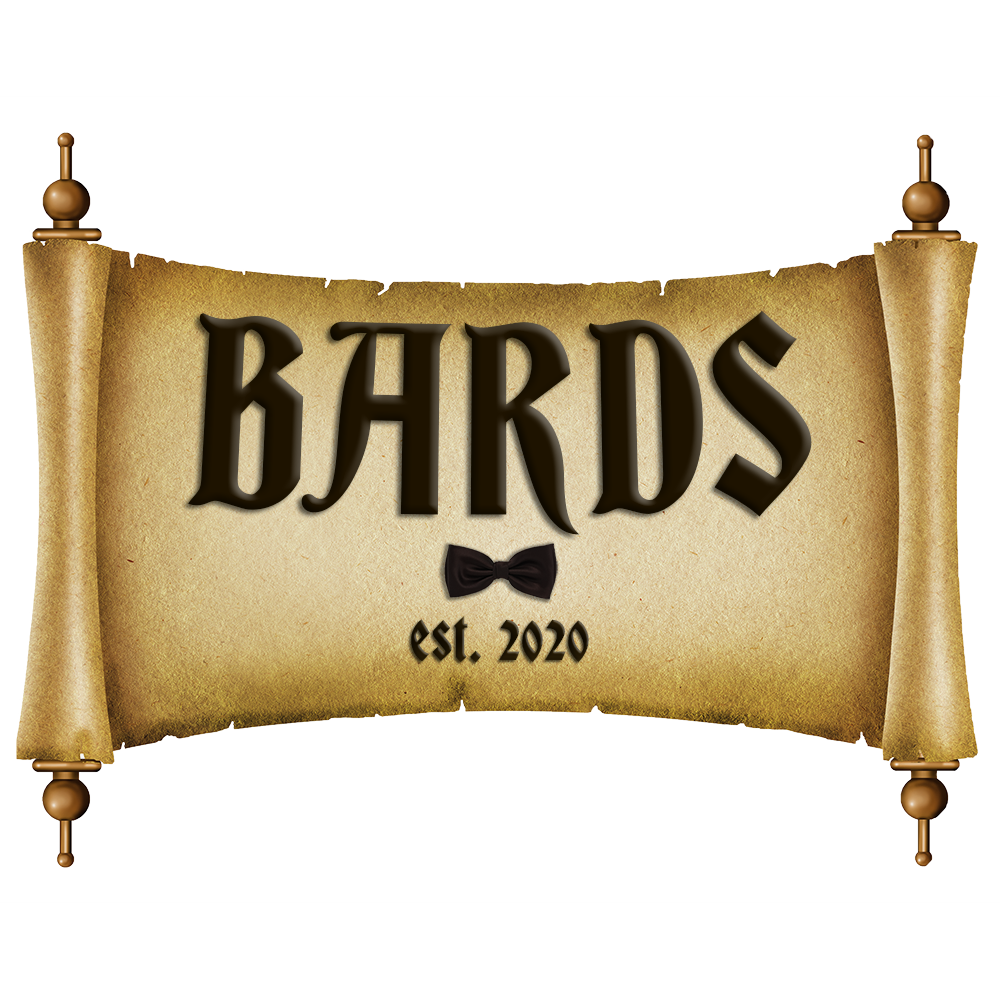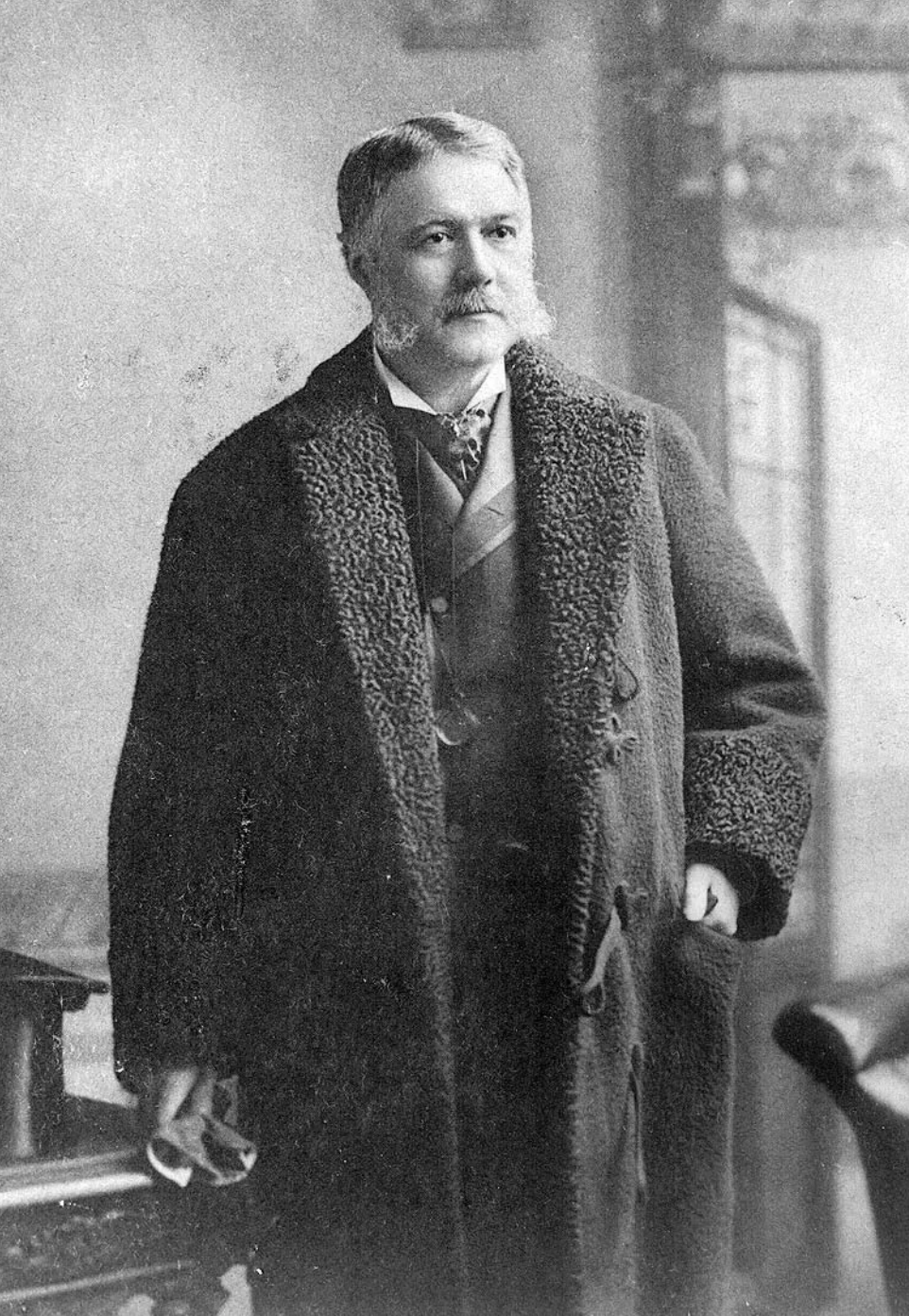Presidential Fashion in America: From Colonial Coats to Tailored Suits
Presidential fashion has come a long way since George Washington donned his stately, colonial ensembles. In fact, the attire of American presidents provides a fascinating reflection of the nation's changing values, tastes, and social norms. Over the centuries, presidents have alternated between formality and approachability, with each era’s styles saying as much about the country's evolving identity as about the personal tastes of its leaders
The Early Years: From Revolutionary Styles to Regency Refinement
The first presidents, particularly George Washington and Thomas Jefferson, embraced the classic 18th-century style of their time. Washington often wore military-inspired clothing, a nod to his role as a Revolutionary War hero. His suits, typically in dark colors, were complemented by silk stockings, powdered wigs, and tricorn hats, exuding a sense of aristocratic formality. However, Jefferson preferred a more subdued look, sometimes arriving to meetings in modest, earth-toned clothing, reflecting his belief in republican simplicity over aristocratic flair.
In the early 19th century, as fashion shifted toward Regency styles, presidents like James Madison adopted a slightly less rigid, more streamlined look. Madison, for example, was known for his well-tailored suits, often in black or dark colors, setting a precedent for future presidents to dress in a way that emphasized seriousness and sobriety. This focus on a darker palette and fine tailoring would stick as a presidential standard for years to come.
The Gilded Age to the Early 20th Century: Power Suits and Presidential Panache
As the U.S. entered the Gilded Age, presidential fashion took on a new level of extravagance. Presidents like Chester A. Arthur and Theodore Roosevelt embraced the opulence of the era with dapper three-piece suits, bow ties, and heavy coats lined with luxurious fabrics. Arthur, often remembered as one of the best-dressed presidents, reportedly owned 80 pairs of pants and was a fixture in Washington fashion circles. By the early 20th century, presidents such as Woodrow Wilson opted for more streamlined suits, mirroring the country’s gradual shift toward modernity and a desire for a cleaner, more efficient image.
Franklin D. Roosevelt, despite his physical constraints, epitomized the power suit in the 1930s and 40s. Often photographed in double-breasted suits with wide lapels, Roosevelt exuded confidence and control, balancing formality with a sense of approachability. His sartorial choices became iconic during World War II, as he navigated the image of a resilient leader under fire, dressed in suits that symbolized strength.
The Modern Era: From Camelot to Casual Fridays
The Kennedy era marked a turning point in presidential fashion. JFK modernized the look of the Oval Office with his slim, tailored suits and preppy, all-American style. His casual flair, often seen at Cape Cod in polo shirts and chinos, introduced a new kind of “cool” to presidential fashion. Jackie Kennedy’s timeless style only amplified the spotlight on presidential image, leading to an era where both the president and first lady became fashion icons in their own right.
The Kennedy era marked a turning point in presidential fashion. JFK modernized the look of the Oval Office with his slim, tailored suits and preppy, all-American style. His casual flair, often seen at Cape Cod in polo shirts and chinos, introduced a new kind of “cool” to presidential fashion. Jackie Kennedy’s timeless style only amplified the spotlight on presidential image, leading to an era where both the president and first lady became fashion icons in their own right.
Since then, presidential fashion has ranged widely, from the sharp power suits of Ronald Reagan to Barack Obama's relaxed approach, occasionally seen in rolled-up sleeves and open collars. Presidents today face a tricky balancing act: they must exude authority without seeming out of touch. While modern presidents usually stick to classic two-piece suits, casual looks have become more common in informal settings, a nod to the accessibility and relatability Americans increasingly expect in their leaders.
So, while the country has changed dramatically since Washington’s powdered wigs, one thing remains the same: what a president wears tells a story, whether it’s about the solemnity of the office, the values of the times, or the personal style of the man (or someday, the woman) in charge.



